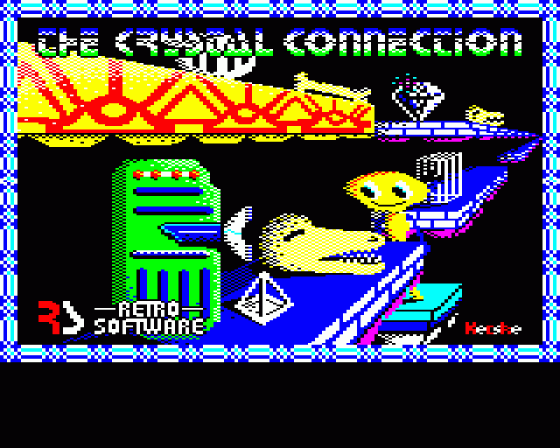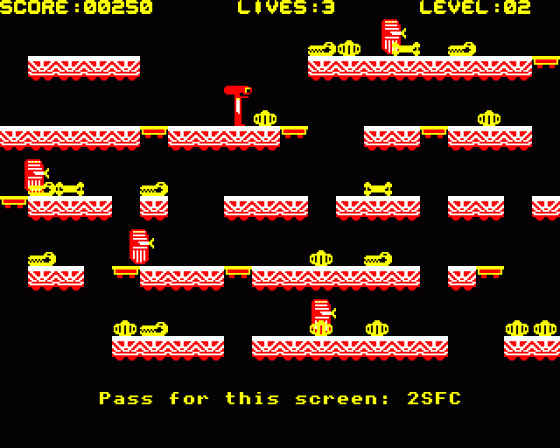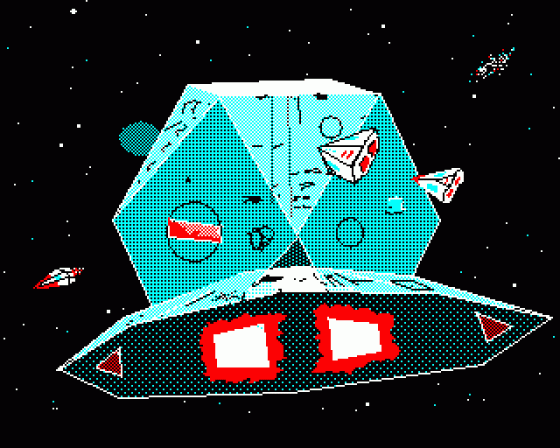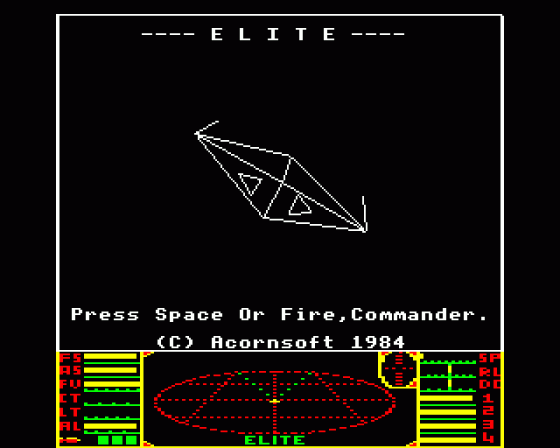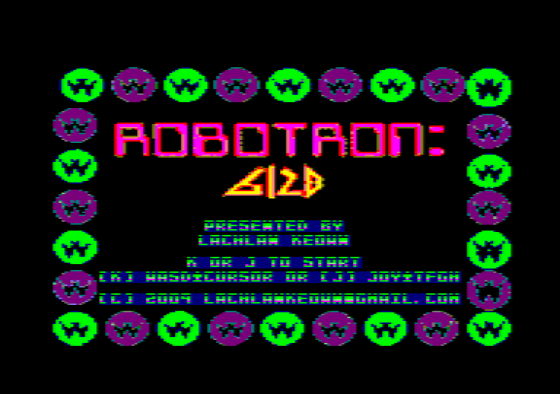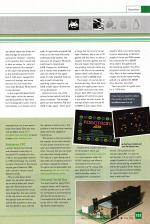
Micro Mart
 8th October 2009
8th October 2009
Categories: Retro Gaming
Author: Shaun Bebbington
Published in Micro Mart #1076
After his couple of weeks hiding in some dodgy tax-haven, Shaun is back to round up the latest news from the retro scene...
Retro Mart: The Krystal Connection
The fledging BBC Micro and Acorn Electron publisher Retro Software (RS) has just released The Krystal Connection, which was developed by Stephen Smith in the mid-1980s. Although it was due to be released by the publisher Melbourne House back then, for some reason, it never made it, so RS has a genuine 80s classic on its hands.
The game tells a brief story of a device known as the power krystal. This is the main oxygen generator on the planet Mars, and it has been stolen by the dubiously named and completely evil Commodius. This breathing aid has been tracked to Earth, and is constantly guarded by the Pincer Robots. Fortunately, they can be caged and trapped by our hero, who has been tasked with saving his home world before it's too late. This game is available on cassette tape, 5.25" and 3.5" diskette, and the emulator image will apparently be available soon. Take a look at www.retrosoftware.co.uk for more.
Happy Birthday Elite
While on the subject of the old Beeb, I'm writing this column on the eve of the 25th anniversary of Ian Bell and David Braben's outstanding classic Elite, which was subsequently ported to nearly every popular format.
Many people will tell you that this sultry 3D space-trading vector-based shoot-'em-up was an amazing achievement as it was only a 32K game. However, when you take into account that the screen used up around 8K for the available RAM, then everything else needed to fit into a maximum of 24K, and unlike many titles around the time, Elite allowed the player an amazing amount of freedom, which in my opinion set the standards for many things to come, but years before they did. So it's a belated happy birthday message from me. If you want to know more about Elite, you may visit lan Bell's site at www.iancgbell.clara.net/elite, or David Braben's elite.frontier.co.uk
Robotron CPC
Lachlan Keown has finished and released a new piece of Amstrad CPC software for the 6128 (or an upgraded machine to 128K) technology. It's a pretty straight conversion of the classic arcade game Robotron 2084, with Lachlan's version called Robotron 6128.
This is a top-down arena shoot-'em-up, which predicts a future world where evil robots take over Earth and are hell-bent on eradicating the human race altogether. You take control of the one person who can save the species from annihilation, armed with a powerful laser gun and the ability to save and free the captives in each screen. The problem is that the many roaming nasty robots are capable of tracking you.
This version is fairly accurate to the original, as you have controls for your player and also for your laser gun independent from each other, meaning that you can shoot one way while moving another. This feature is quite handy, but it does take a bit of getting used to if you haven't played the original.
The game can be downloaded and discussed at www.cpcwiki.eu/index.php/Robotron_6128.
Univeral Serial Bus
The much loved but aging X1541 range of cables, which typically use the parallel port of an old PC for connectivity to and interfacing with the IEC serial bus on a Commodore 8-bit disk drive, such as the 1541 or 1581, has had a significant modernisation.
Thanks to the original hard work of Till Harbaum, which was continued by www.Commodore16.com chief engineer Jurek, the XU1541 interface now allows a Commodore 8-bit drive to be connected to a PC using a USB port. Starting at £29 per unit, (which excludes cables), it's packaged with a customised version of the graphical user interface OpenCBM. I'm about to put my order in if you want to wait a couple of weeks for a full review, in which I will be testing compatibility with all the popular drives.
Keep an eye on the aforementioned website for more information if you don't want to wait until then.
This article was converted to a web page from the following pages of Micro Mart #1076.


